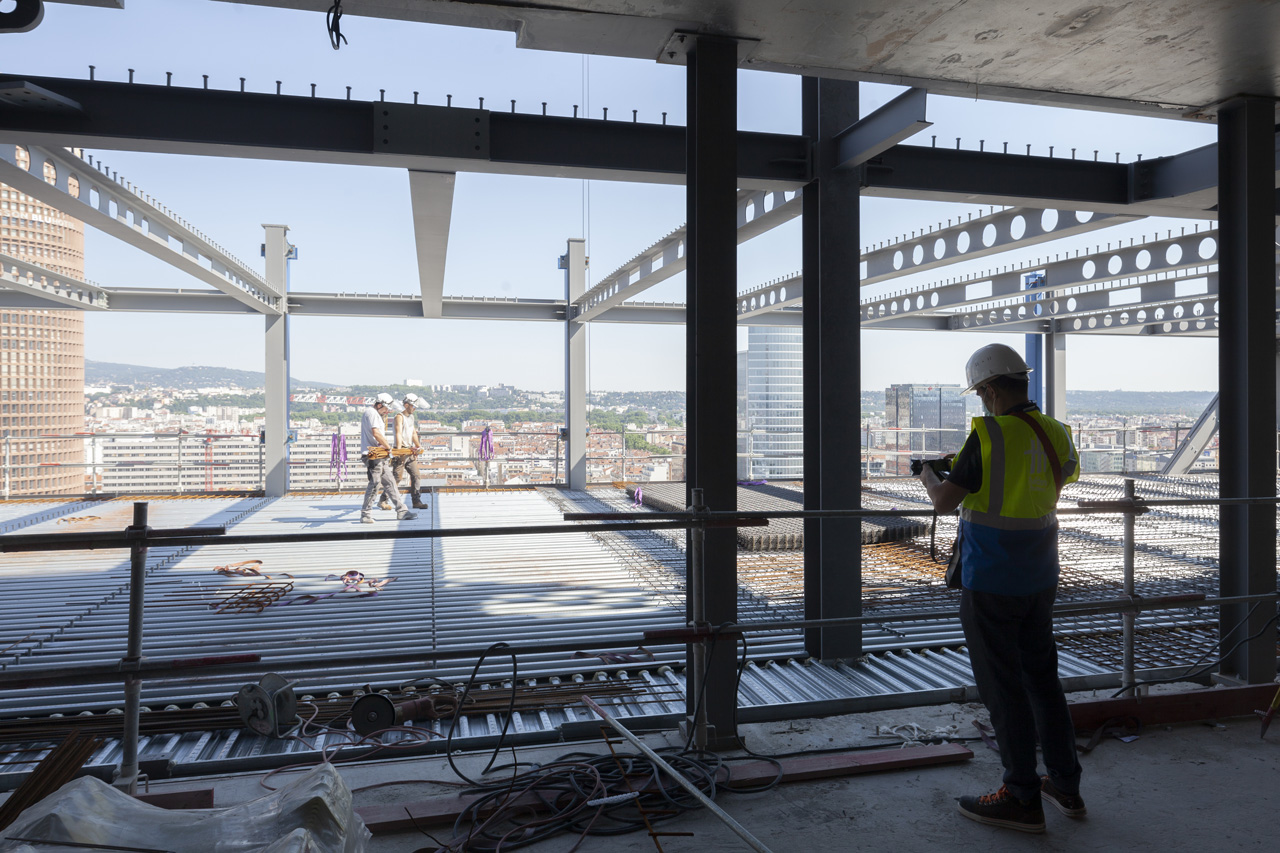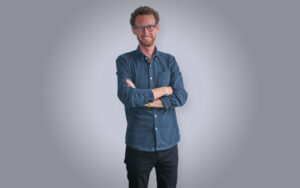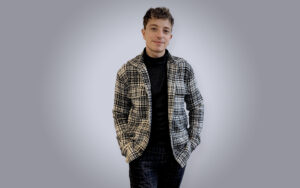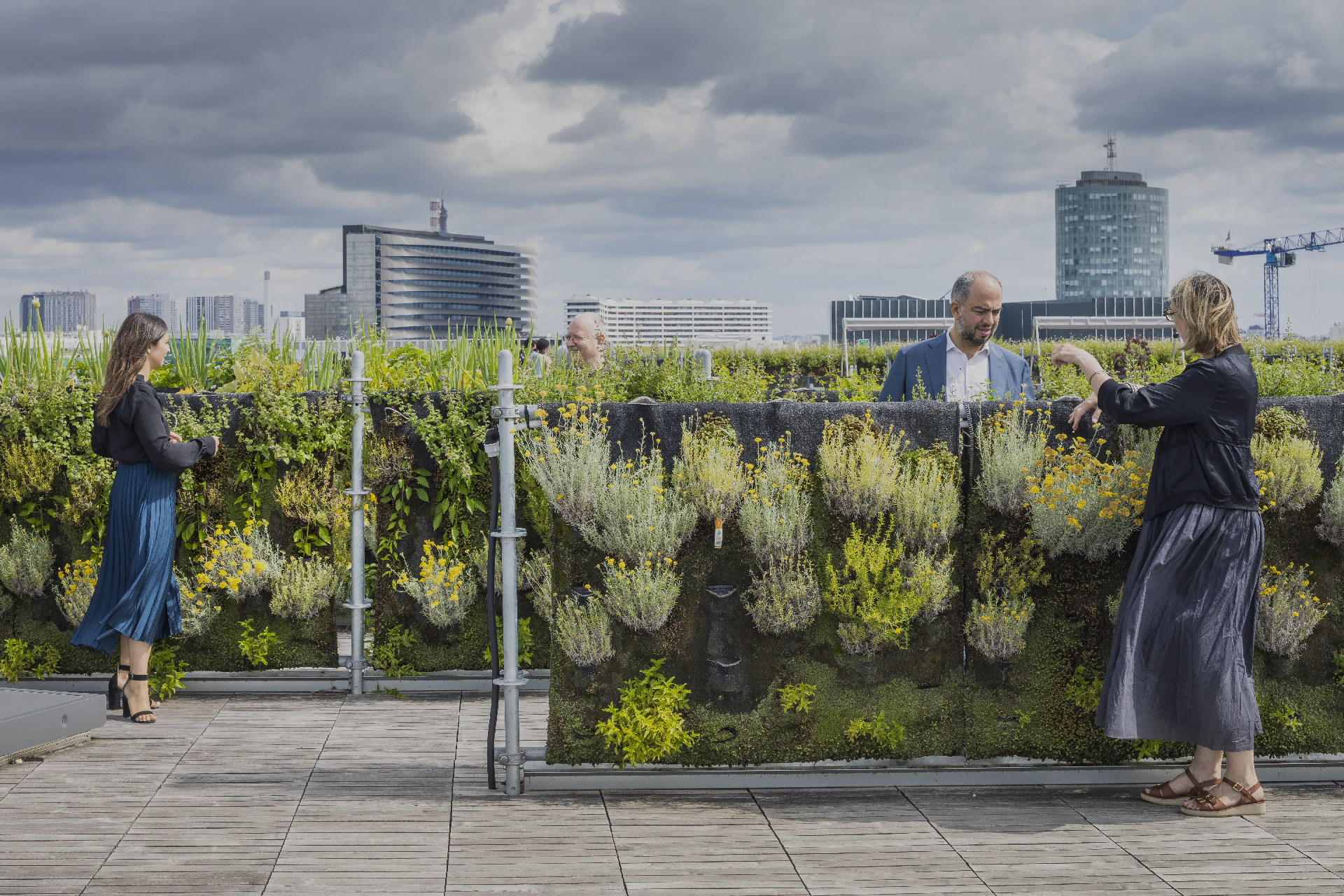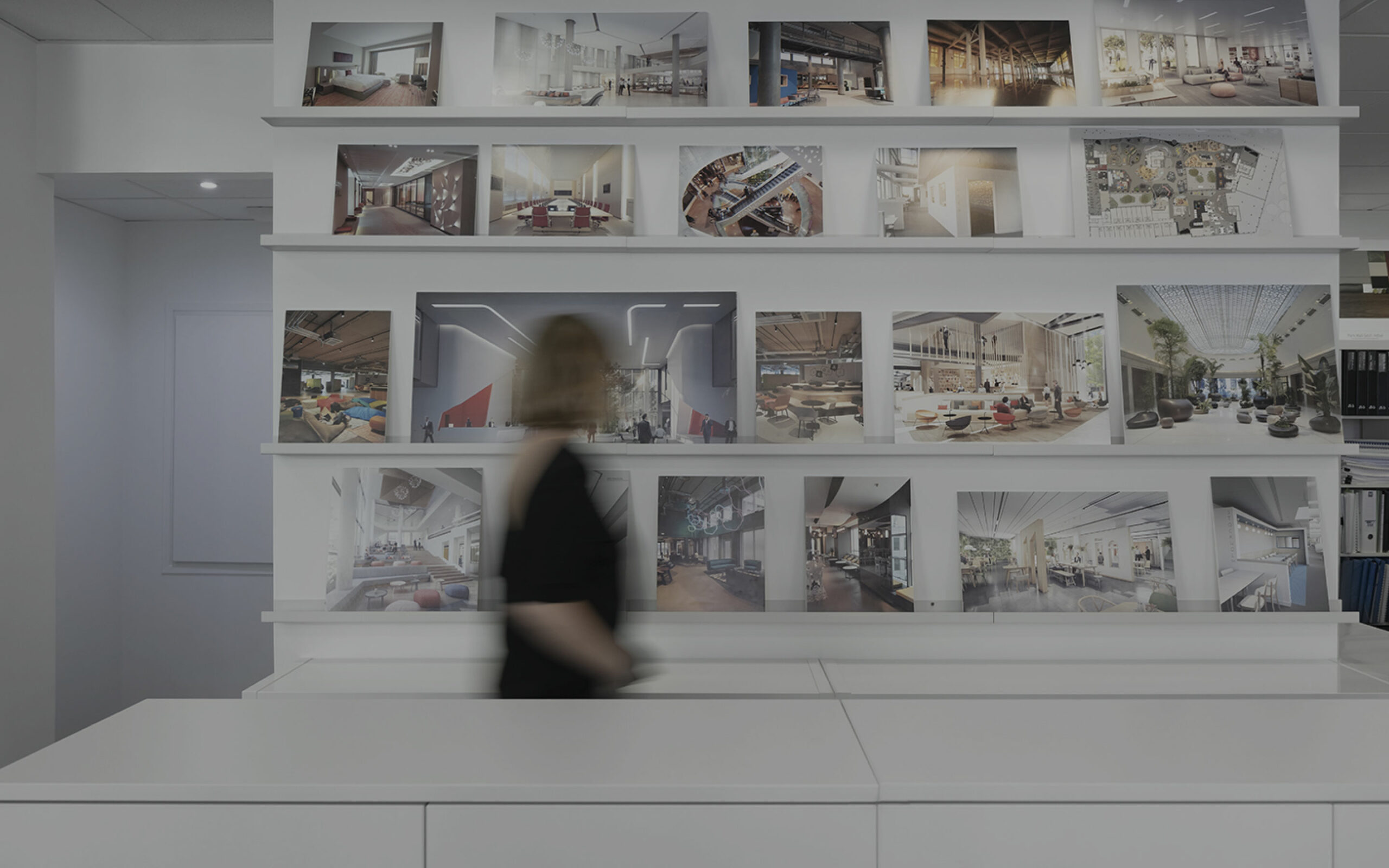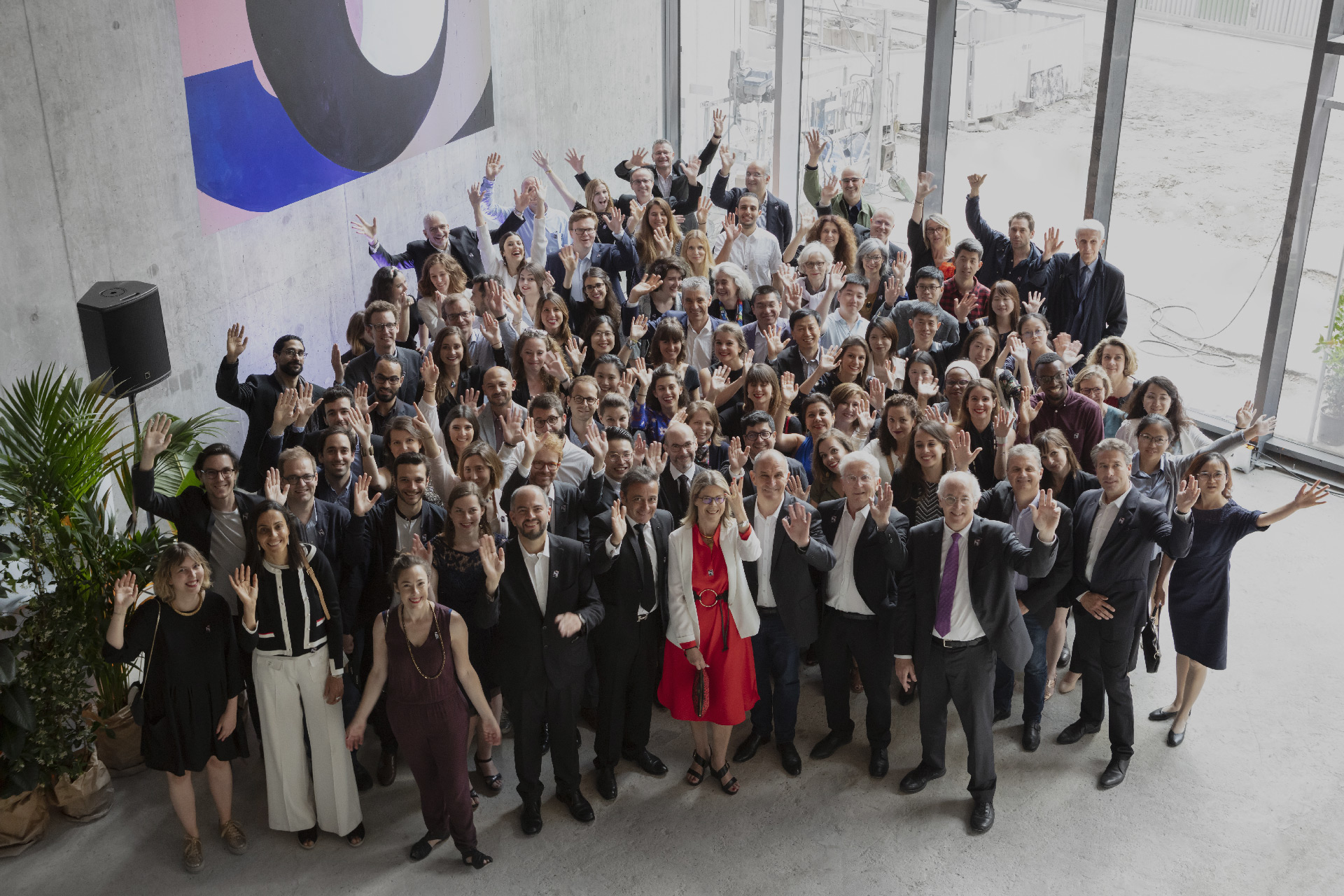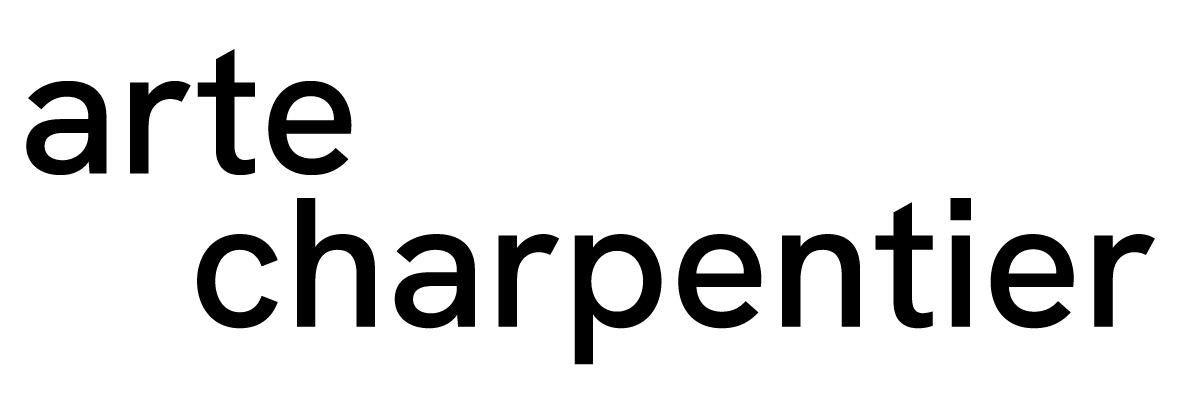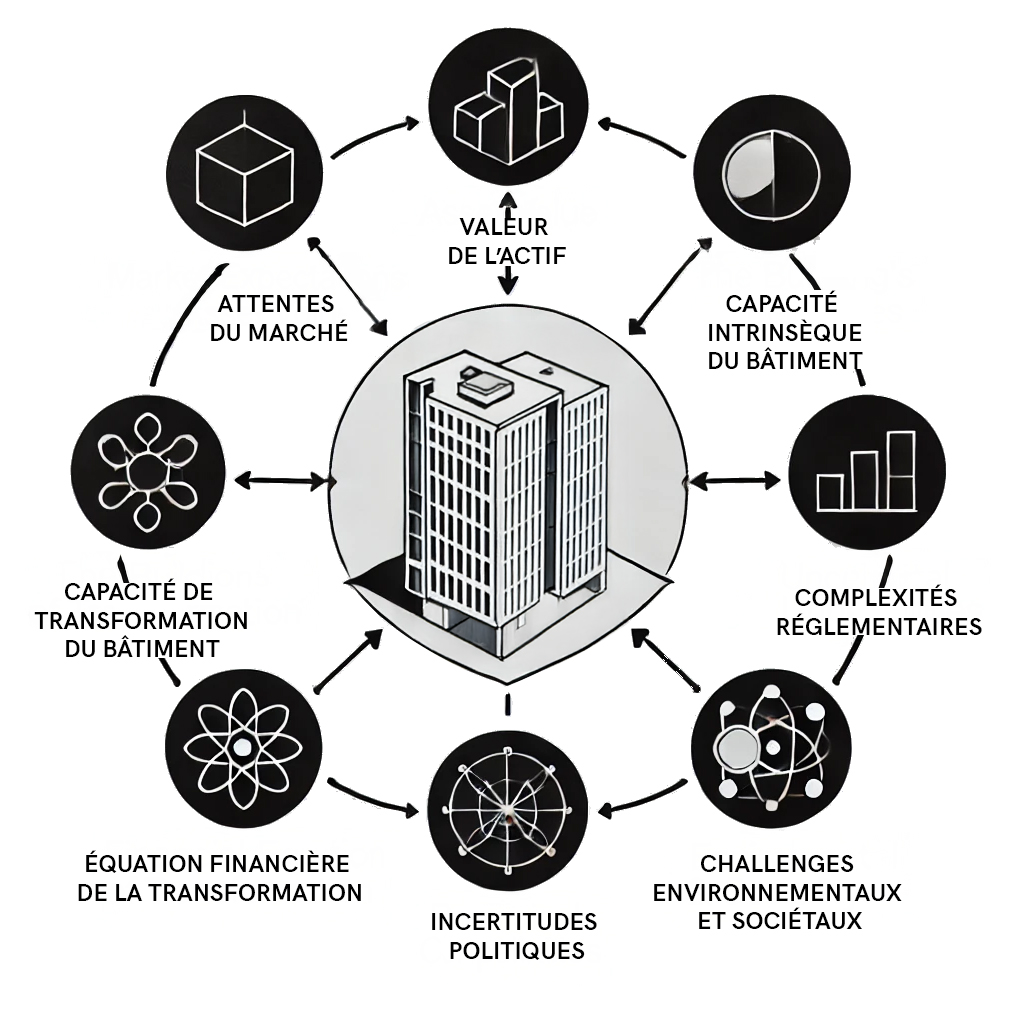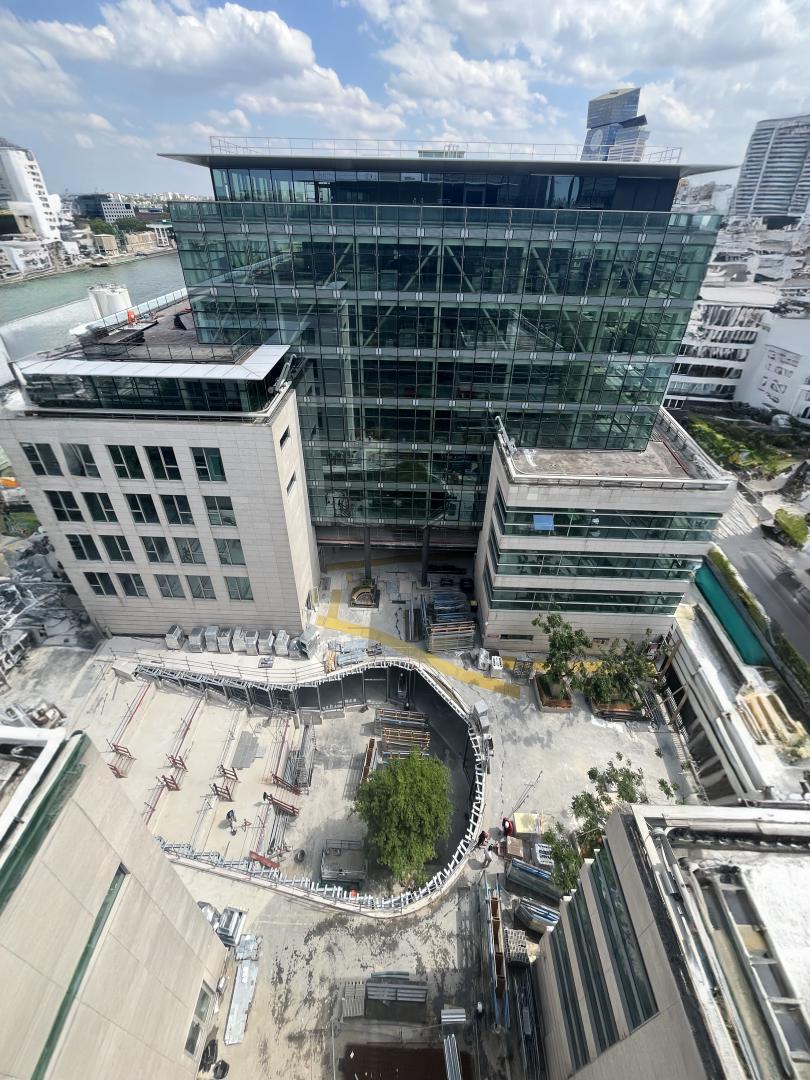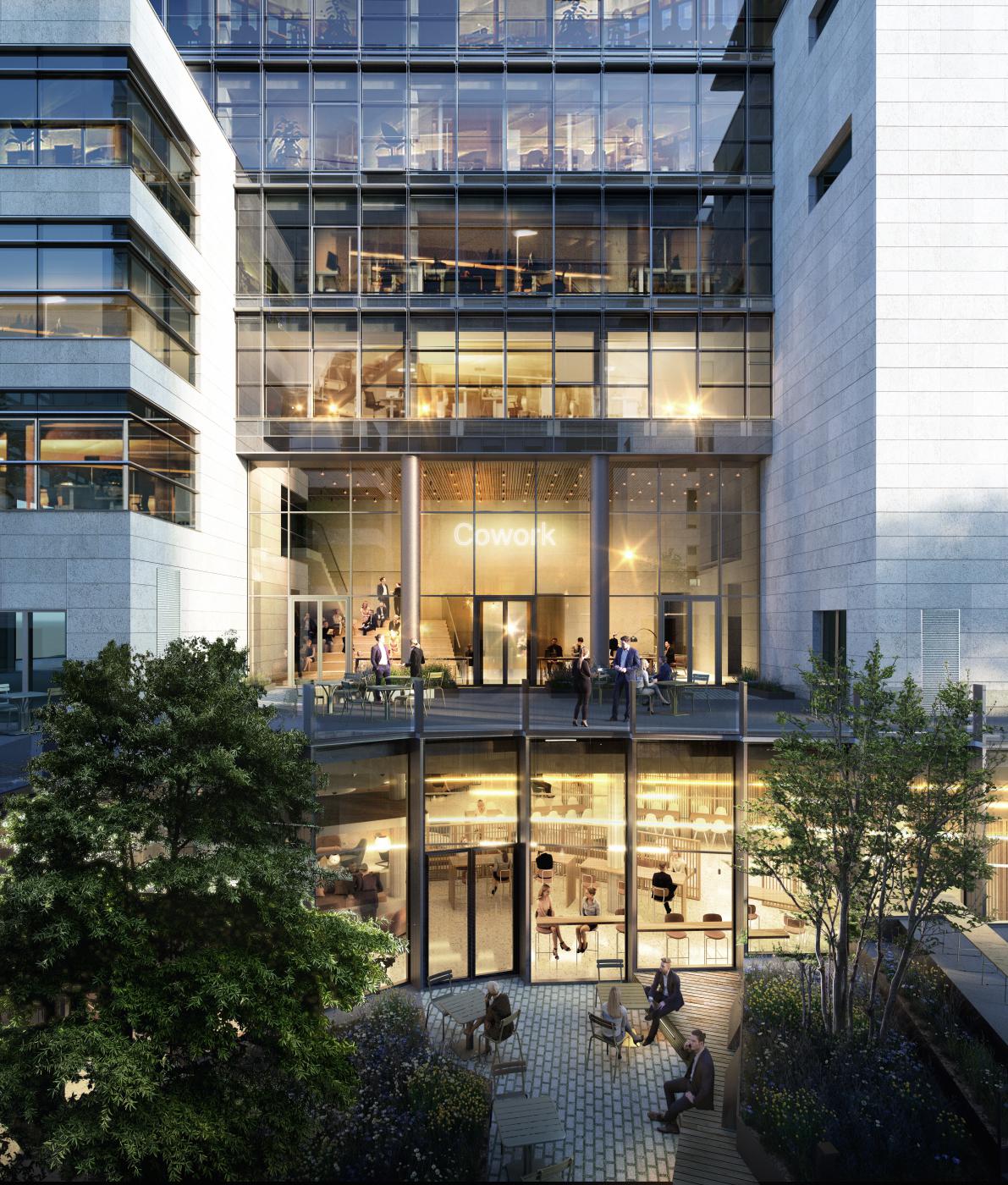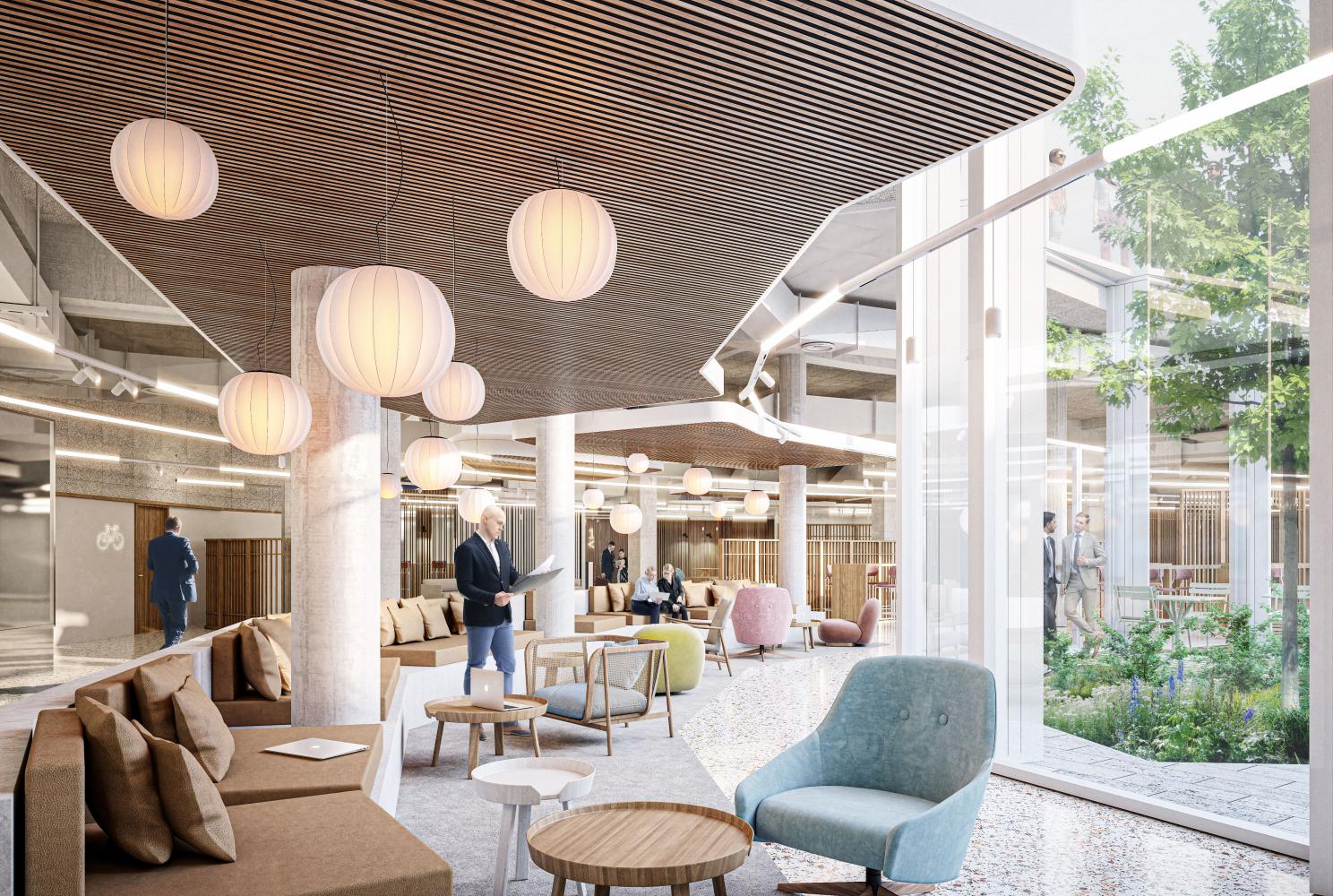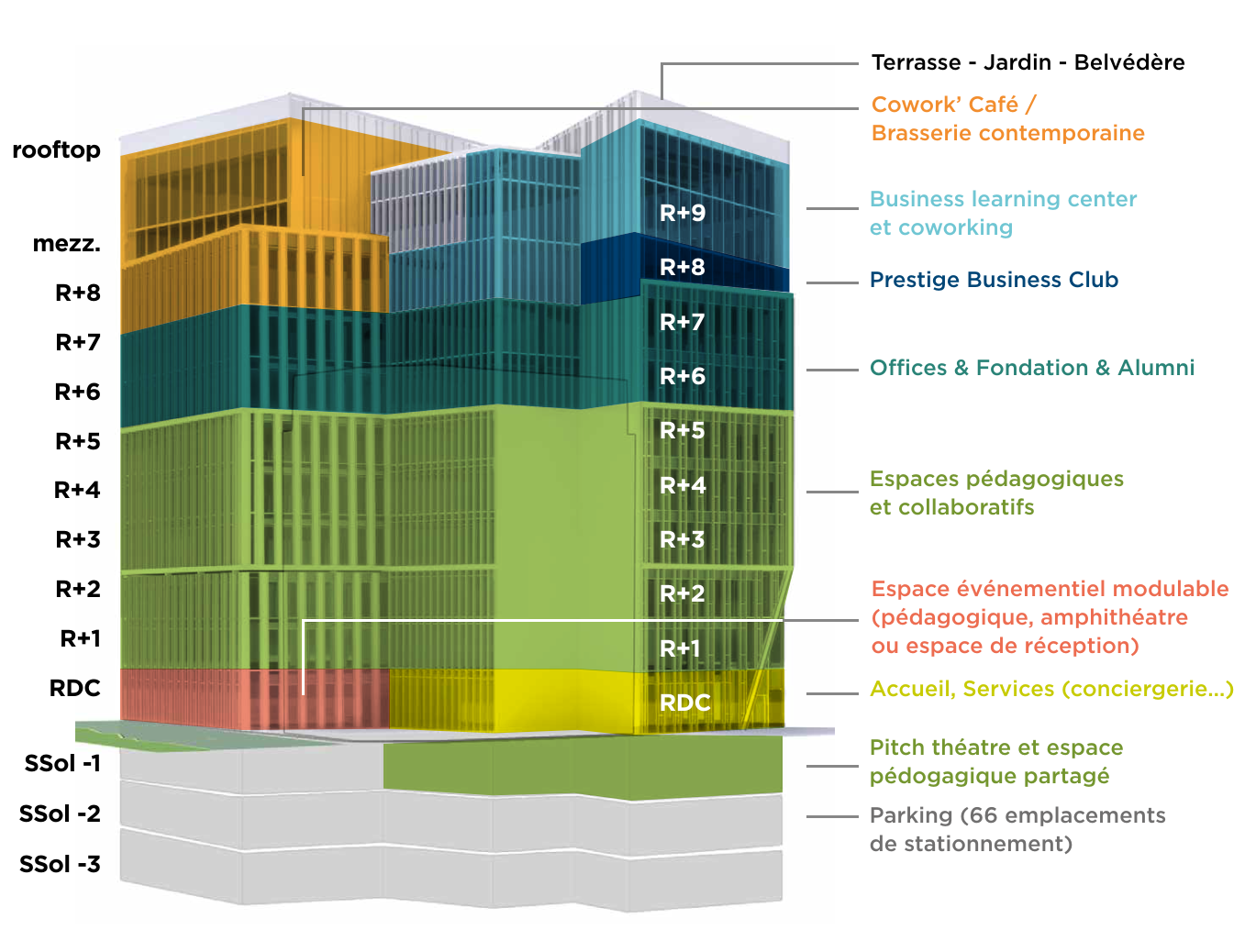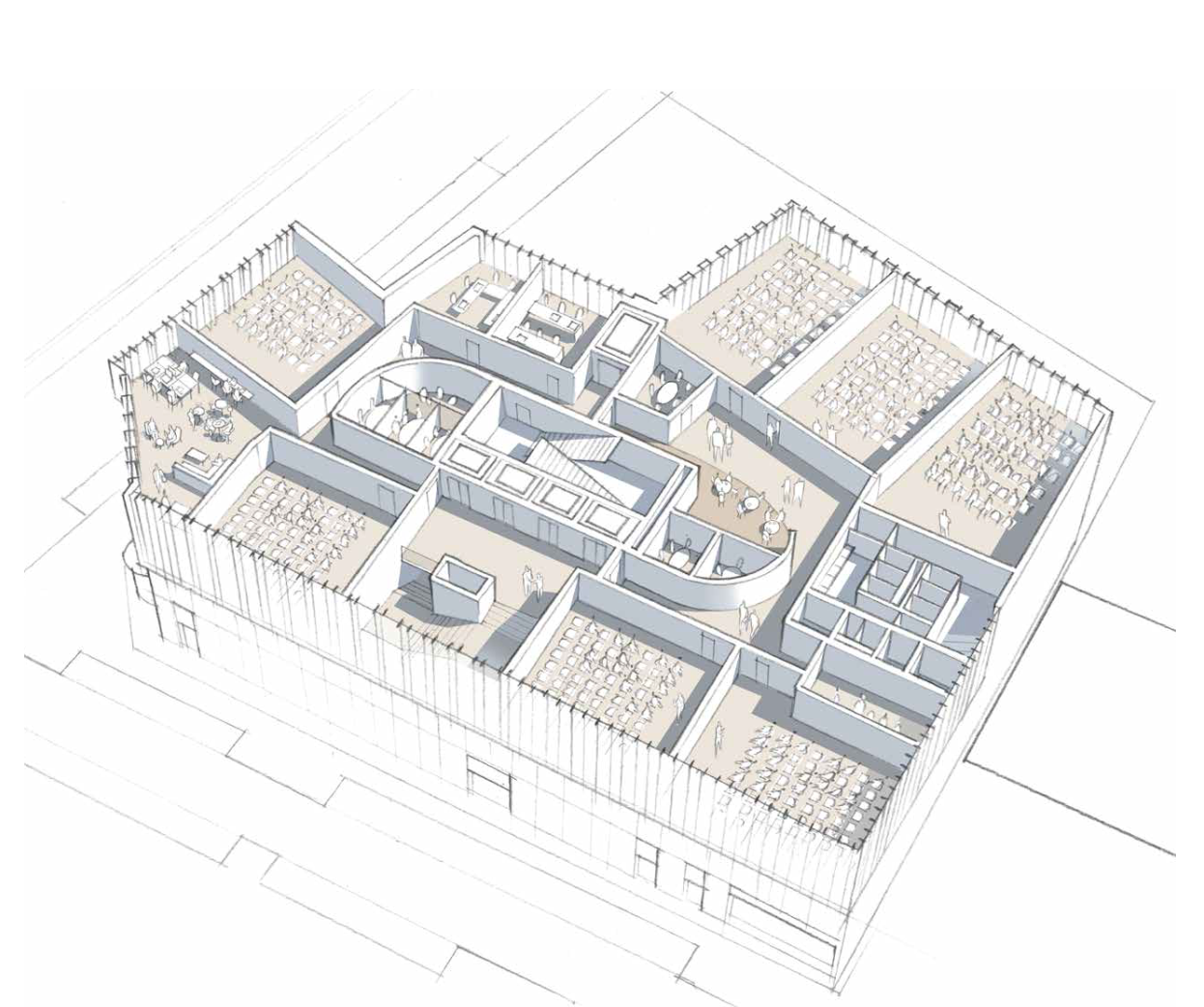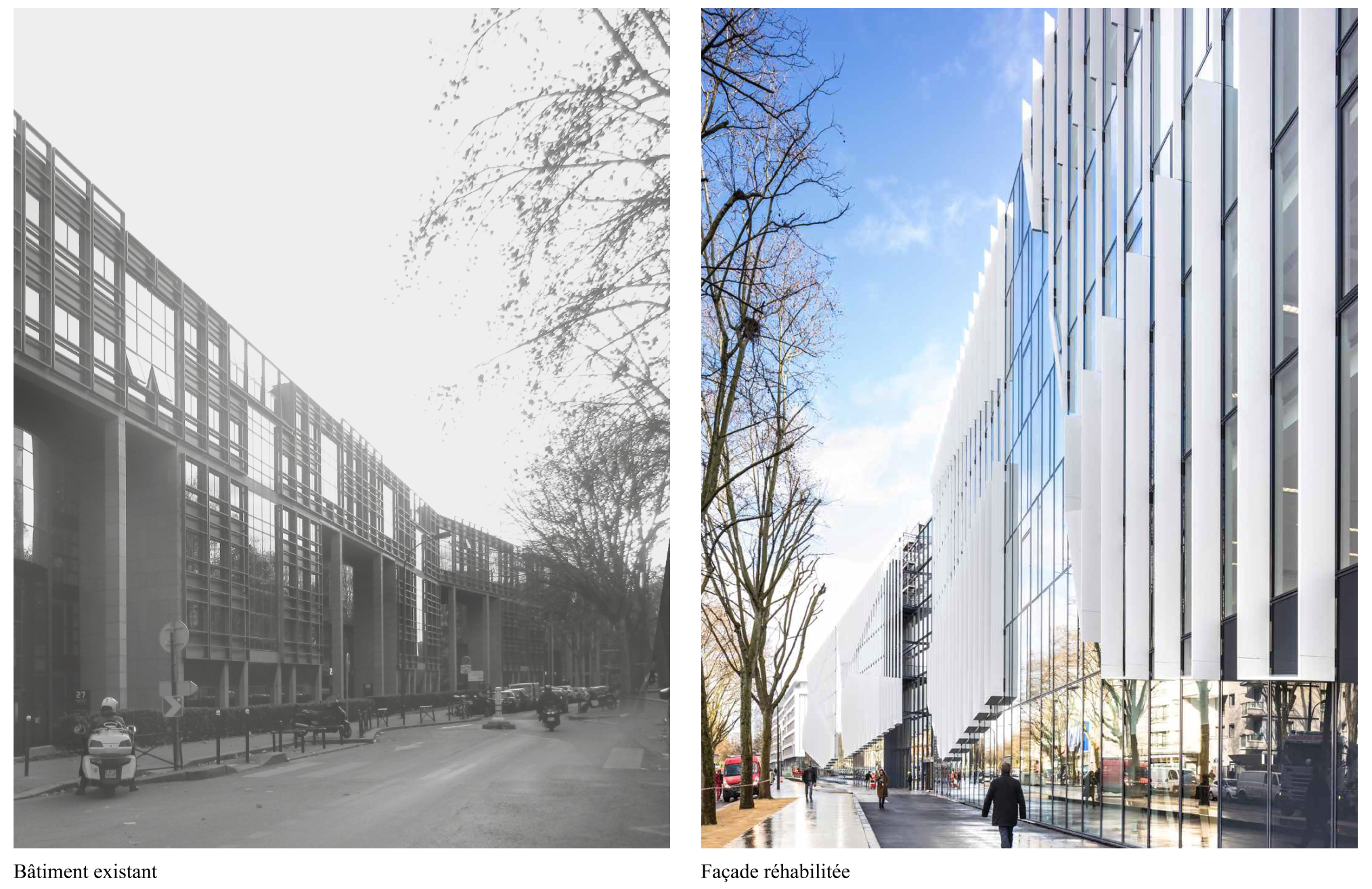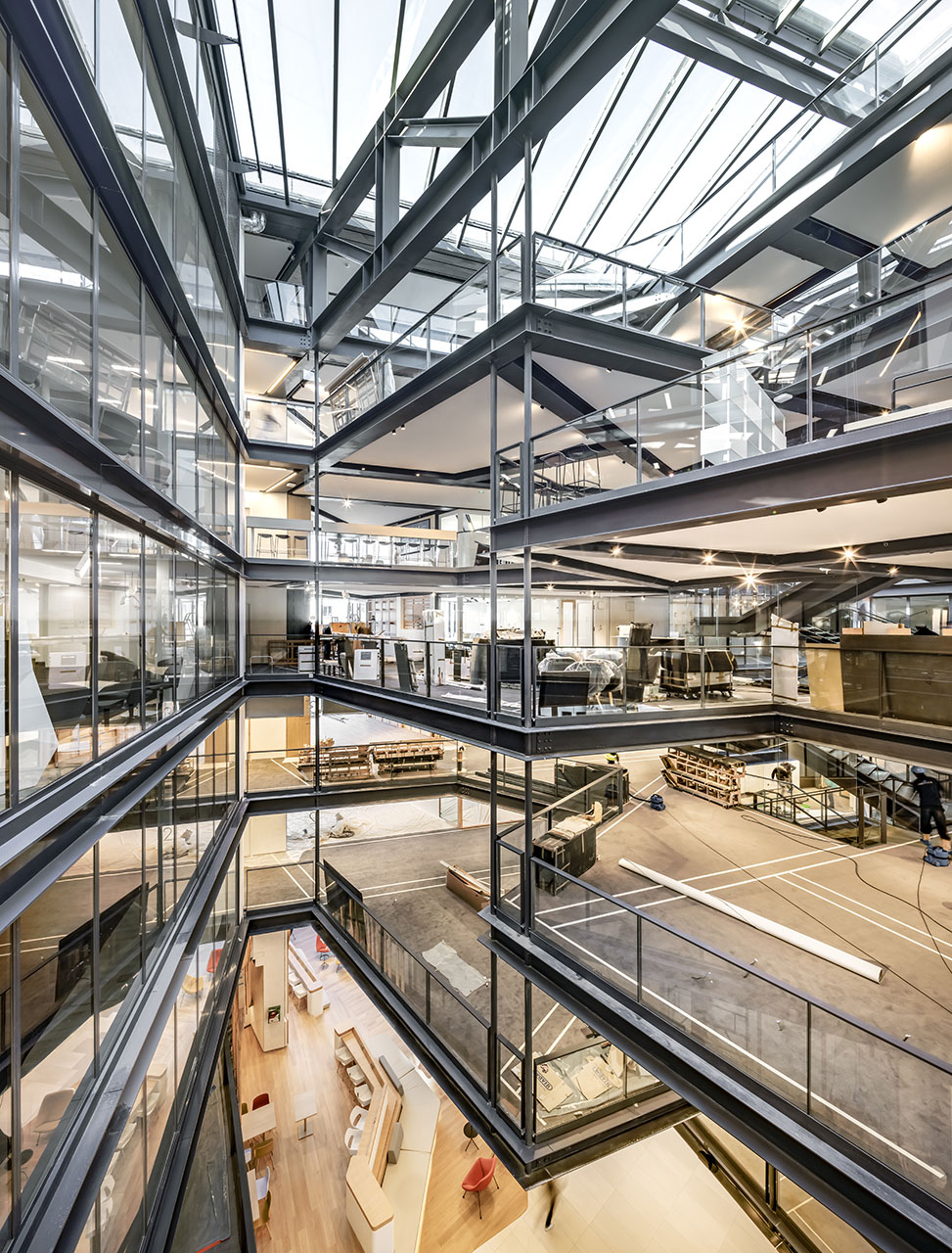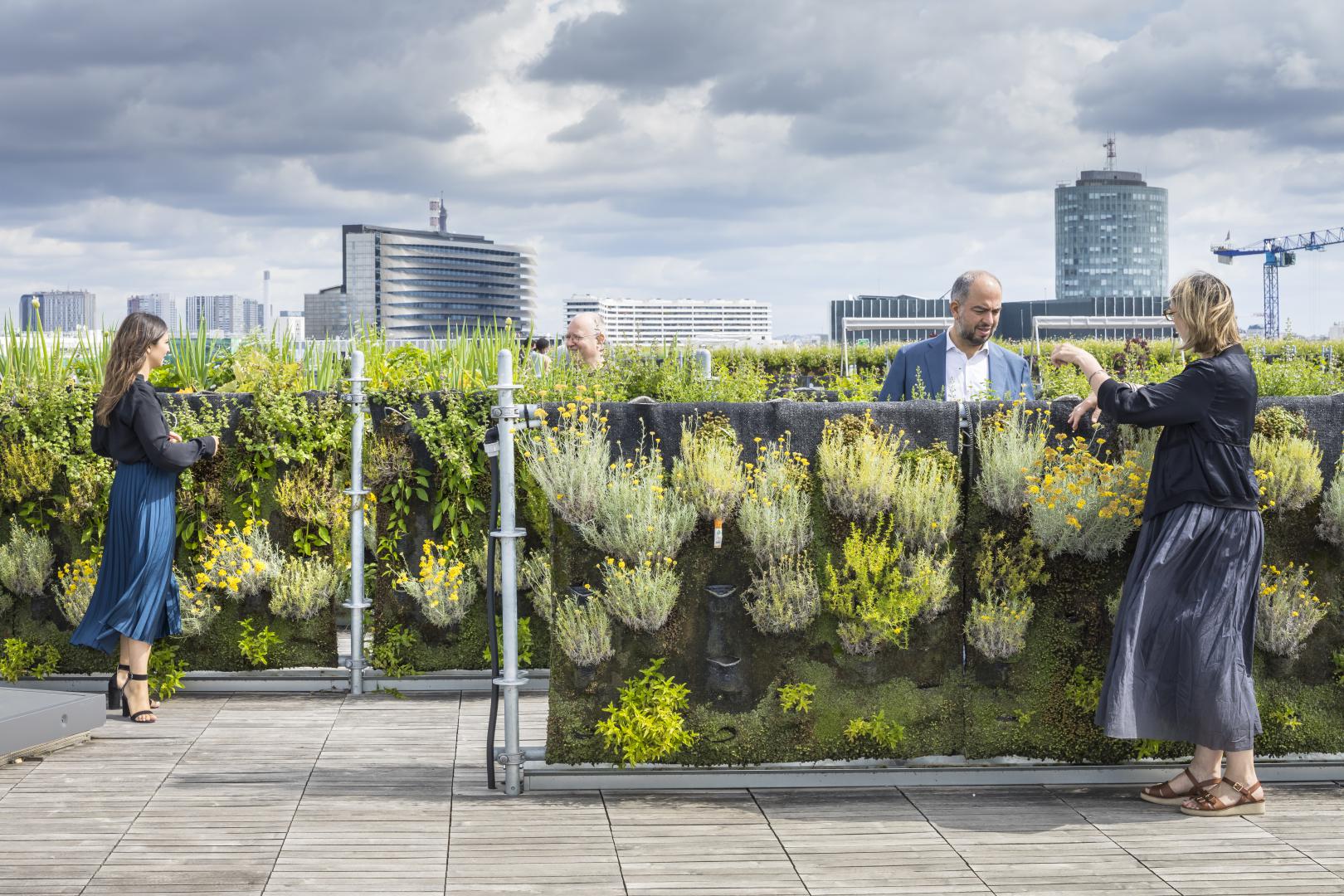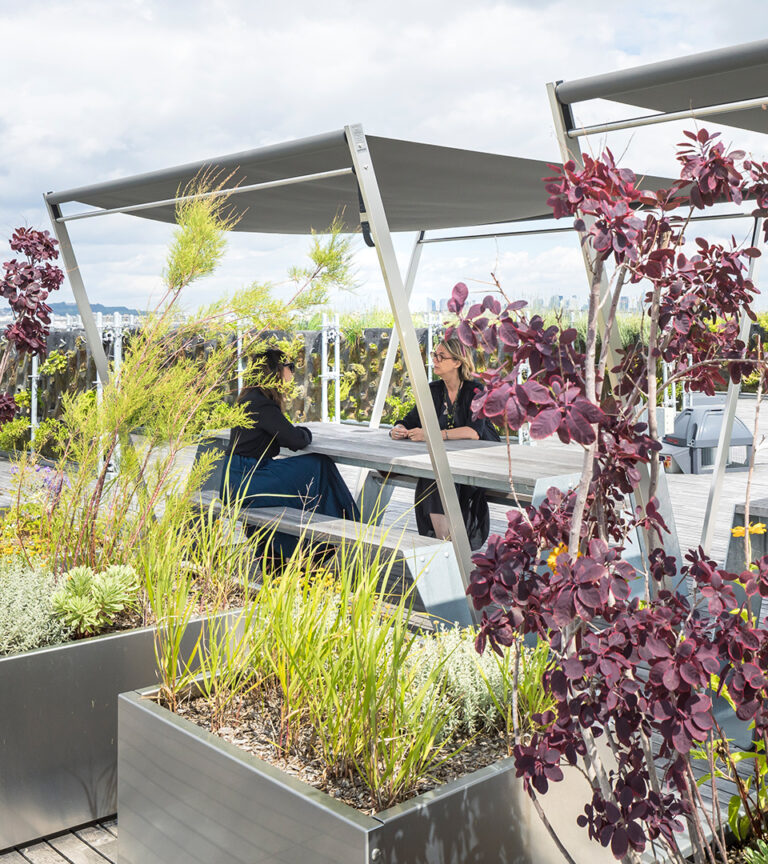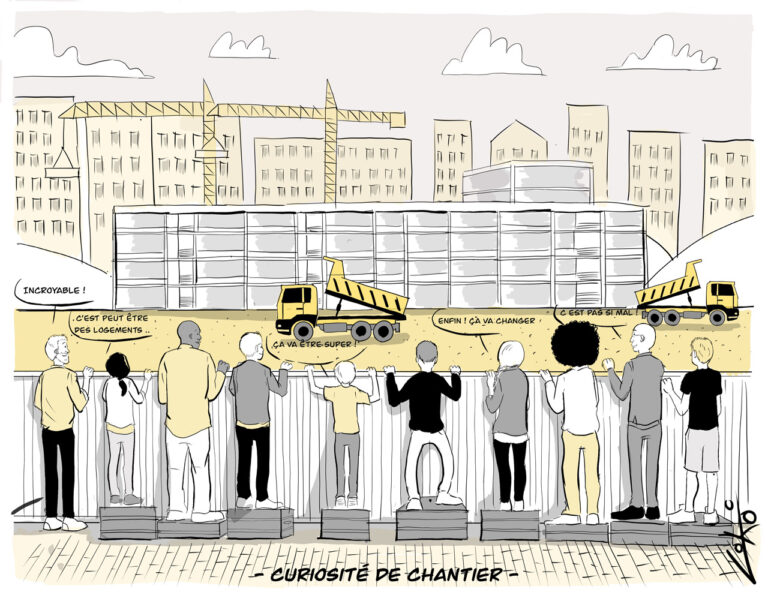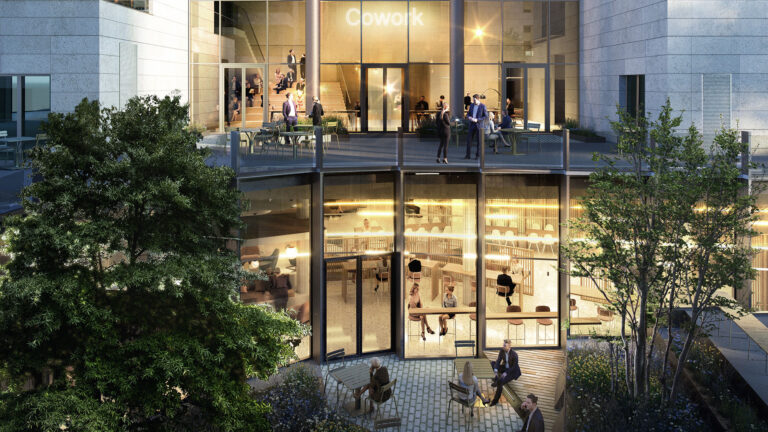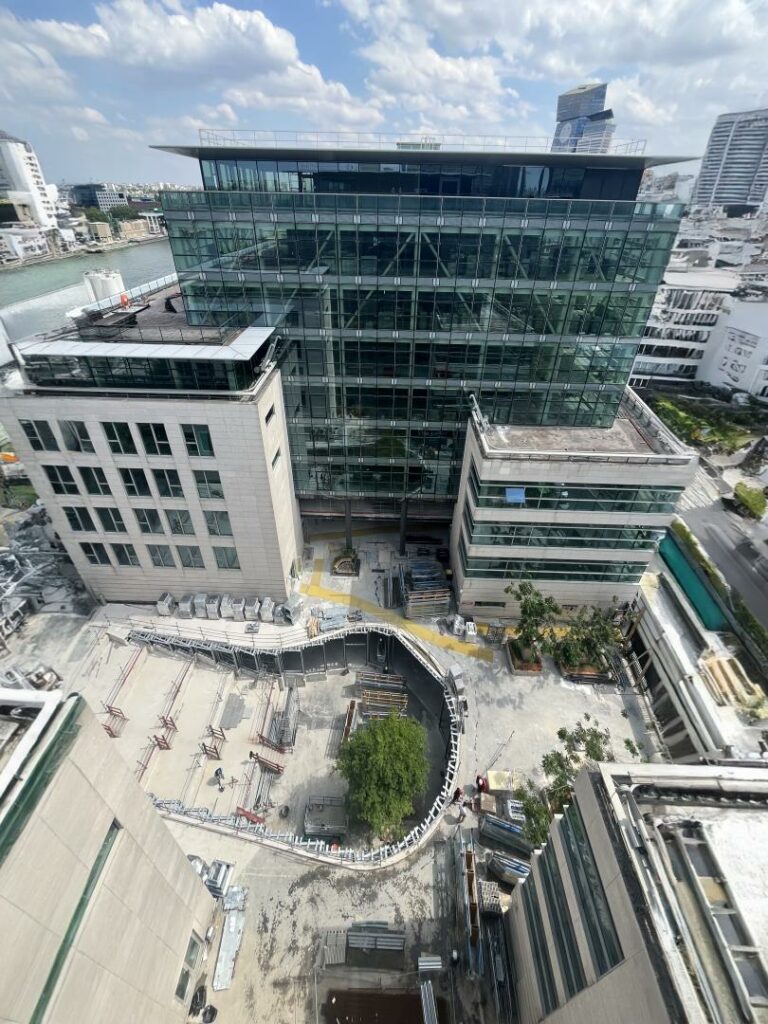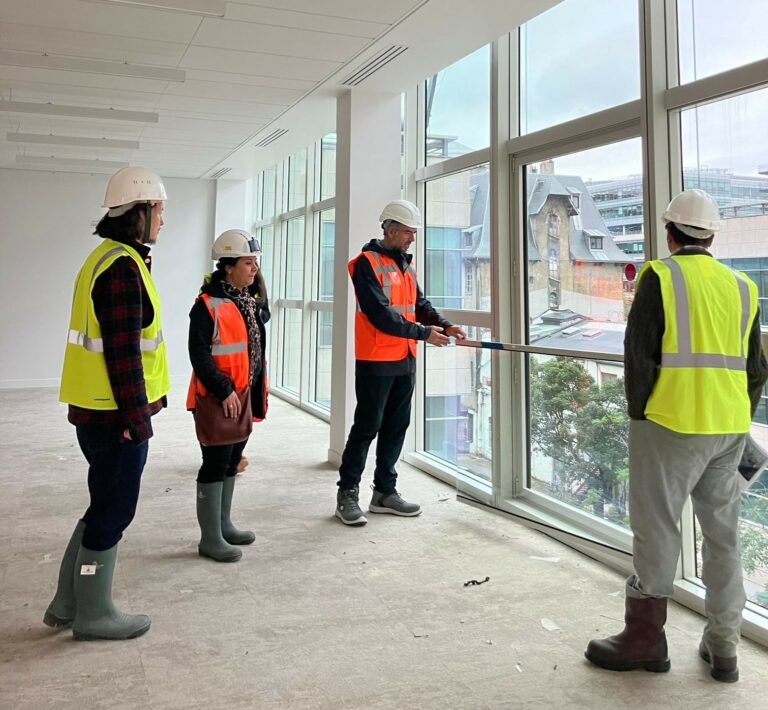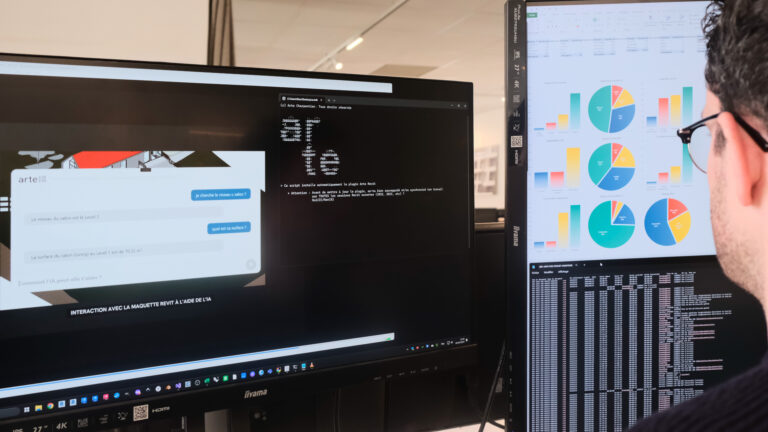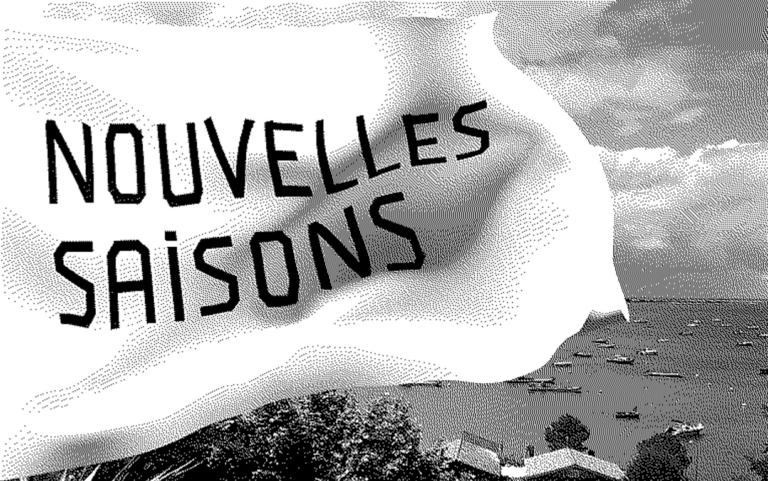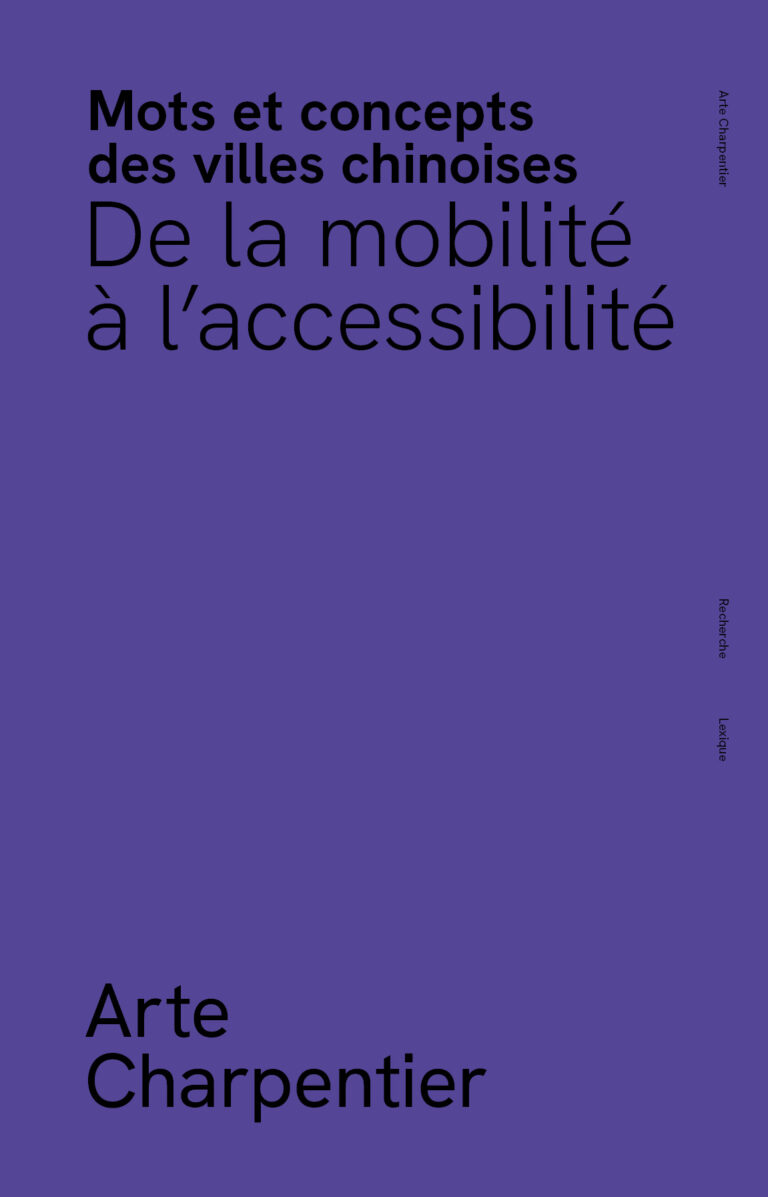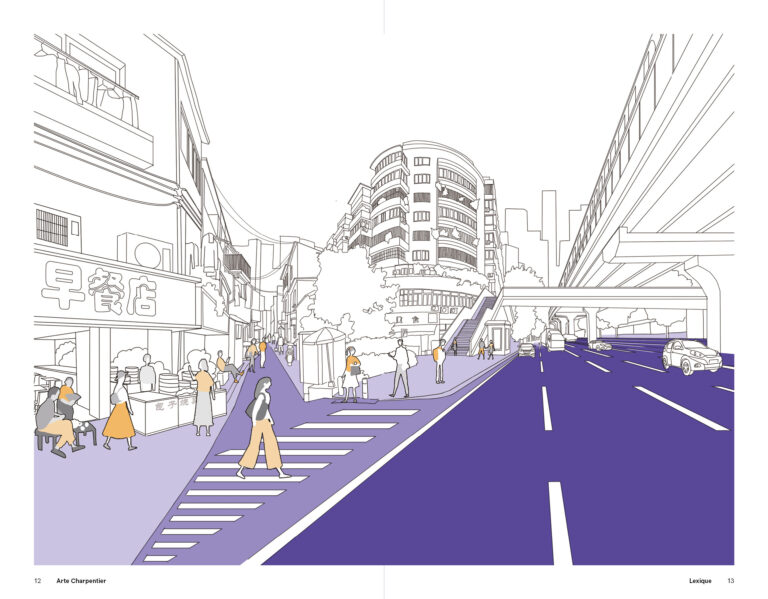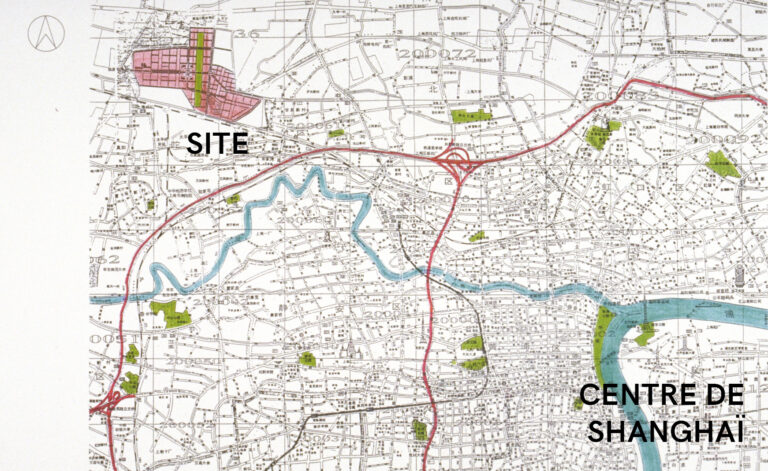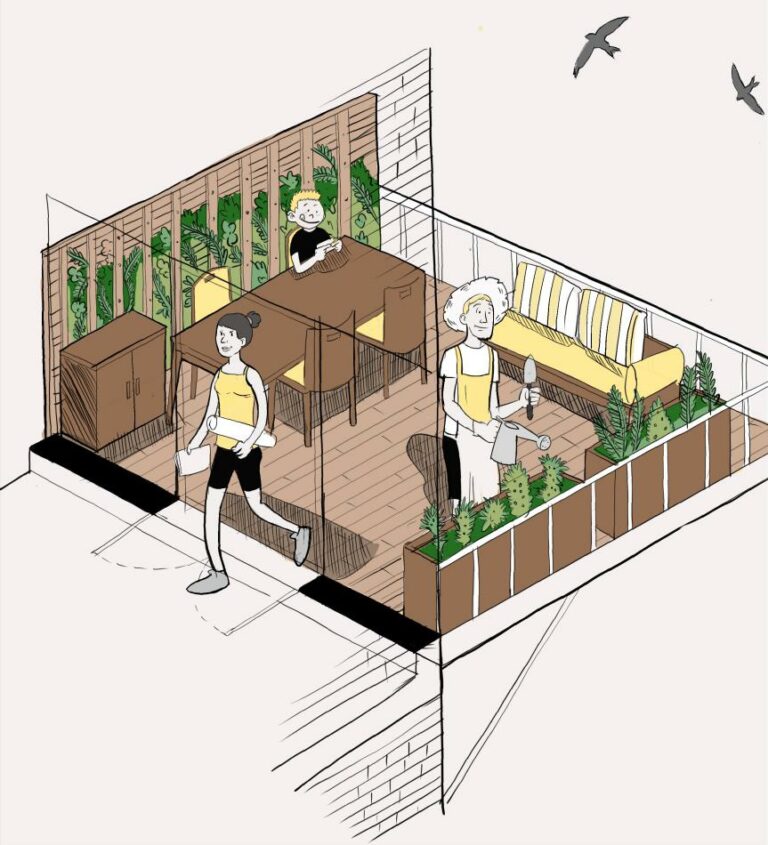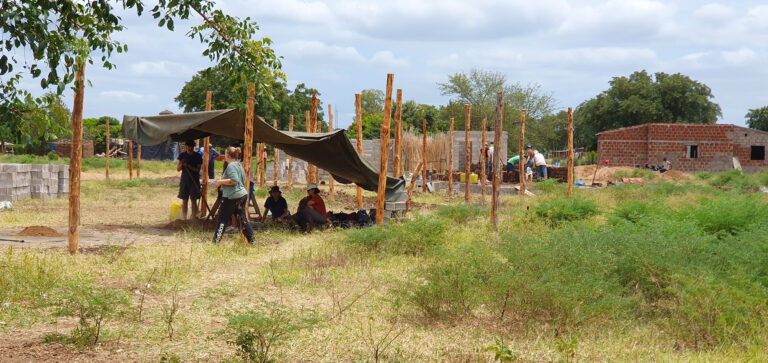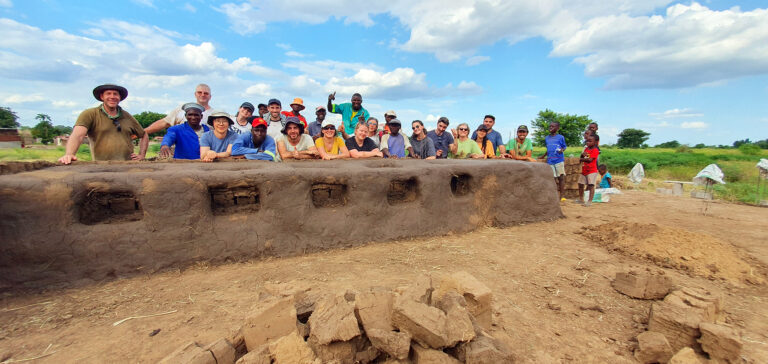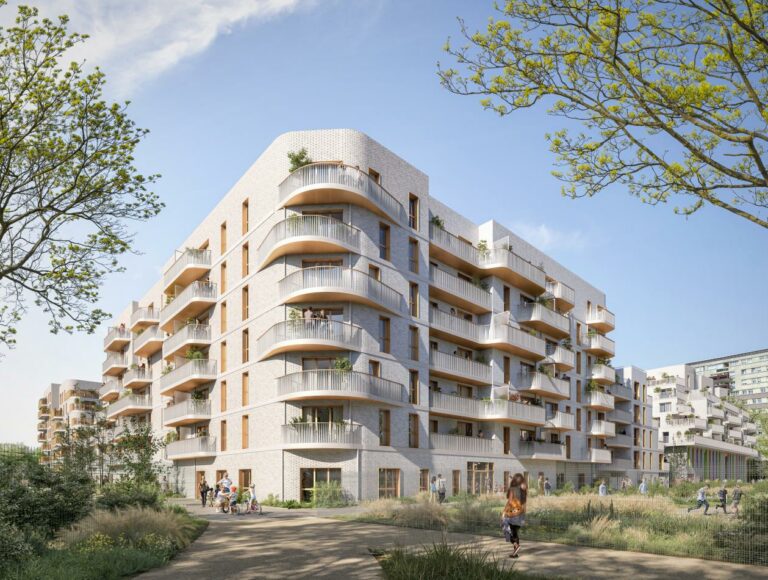| OUTRE-ATLANTIQUE VIEW – In the United States, transformation is being driven by the high volatility of real estate values, which has led to a rapid re-pricing of service-sector assets, also thanks to strong demand for housing.
The transformation of vacant office space in Manhattan, exacerbated by the Covid-19 pandemic, could recycle up to 20% of the 30 million m² of vacant space. Eight Wall Street towers have already been converted into thousands of housing units. The phenomenon, amplified by telecommuting, is driving developers to revitalize neighborhoods dominated by offices.
Conversion brings “green” value, increasing energy efficiency by up to 80%. However, few developers are taking the plunge due to financial and architectural challenges. The City of New York is supporting projects to relax conversion regulations. These conversions offer substantial rental income and more affordable rents, attracting young professionals and families. Architects play a key role in these innovative projects, designing adapted spaces and exploiting the opportunities offered by existing structures to create attractive, functional living environments.
source: Rémi Cambau, “A New-York, la transformation de bureaux en logements fait revivre Wall Street”, Cadre de Ville, 2024
TRANSPOSITION – In France, the market is more stable and asset values more resilient, which slows down the potential for transformation. That’s why it takes a great deal of ingenuity and know-how to solve these highly complex equations: Market expectations x Asset value x Intrinsic building capacity x Financial equation of transformation x Political uncertainties x Regulatory complexities x Environmental and societal challenges. |
